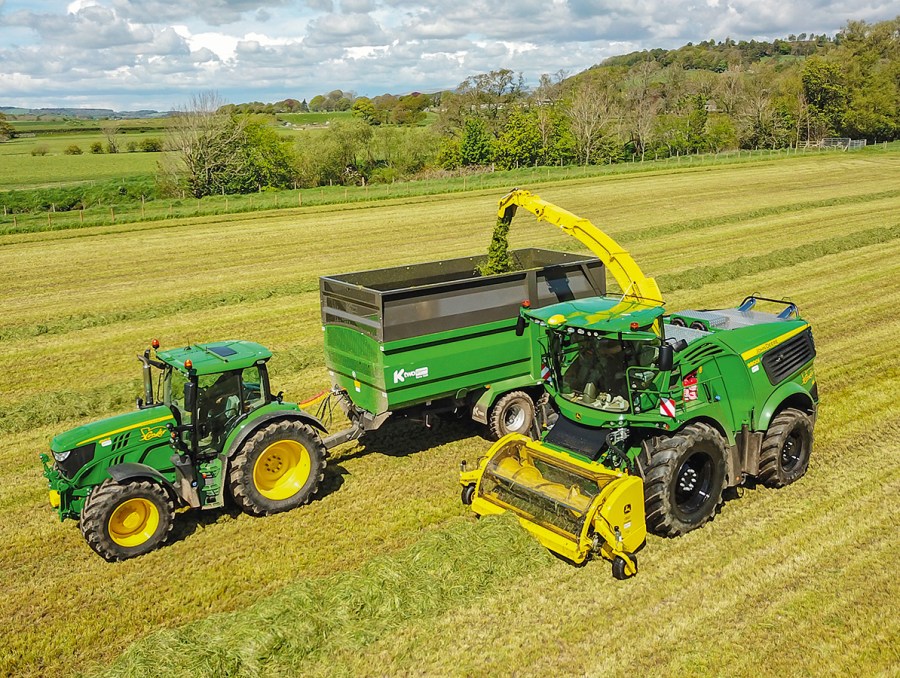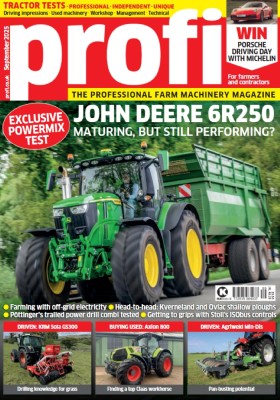Aiming to get in front of the competition, Mark Conder invested in two John Deere Harvest Lab crop sensors. We find out if his investment has made sense
Contractors often make big buying decisions to meet the demands of their customers, however, this is not the case for Mark Conder and his two NIR crop sensors. “Back in 2018 our local John Deere dealer was making noise about their HarvestLab sensors,” says the Lancashire based contractor. “I’d already looked into them and made the switch to Deere foragers mainly to get the technology in our yard.
“Previously we’d run Claas and Krone machines, and while they had impressive performance, the technology and connectivity side of things wasn’t in the same league. The Big X in particular could seriously chop grass, we ran a 700 and later 770, but both fell down to a number of reliability issues. Our tractors are all currently green and yellow, so everything links up through John Deere’s JD Link system sending data wirelessly to their Operations Centre for simpler record keeping for our customers.”
Eager to see if the Deere could keep pace with Krone’s grass devouring Big X, Cornthwaite’s demo machine was put through its paces in
2018, with the 9800i and 8500i foragers arriving for first cut 2019 sporting a brace of nutrient sensors.
Mounted to the forager’s spout, Deere’s HarvestLab sensor fires Near Infra-Red (NIR) light at the crop as it passes by to measure its mineral makeup. Taking some 4,000 readings per second, the sensor can measure dry matter (DM), crude protein, non-digestible fibre (NDF), crude fibre, starch/sugar and ash in maize and grass silage, with ME added for 2022. Whole crop can also be measured for DM.
For more up-to-date farming news and reviews click here and subscribe now to profi for just £3.99 an issue.






